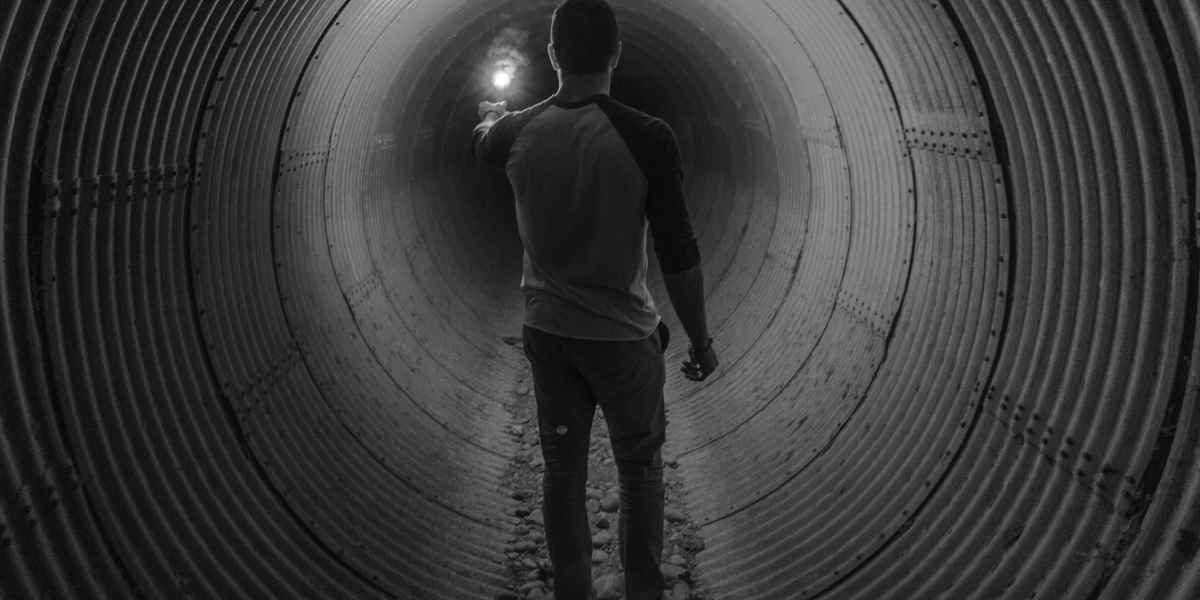A good climatic environment (see environment article) to store your archives is easier to maintain if you start with a suitable building or storage room. Whether a whole building, a shared property or just a room there are a few things that should be considered to ensure some building and personal safety around protecting your archives.
Archival storage area
Anytime you can separate the processing area from the archival storage area this would be preferred. An additional advantage would also be an area for visitors to come and view, read and conduct research in if you intend for people to use the archives.
It should go without saying that the building should meet the standard building codes of the day.
The archival storage area is best suited to an area of the building or room that does not have or is limited in the number of outside walls and has roofing and flooring insulation. Less outside walls minimises any issues with weather impacting the walls, leaky drain pipes, rising damp, humidity etc. This is where proper insulating assists in maintaining a consistent internal environment.
Good fire rated walls and doors all work towards minimising damage in a fire event.
When thinking about the amount of archives that are planned to be held it is imperative at this point to also take into account the floor loading capacity. Do not under estimate the weight of paper. This also goes for the rating for shelving whether static or moving.
Fire fighting equipment and understanding how to use it should be at hand.
Shelving is also something to think about as some products (especially wood) have been treated in chemicals that are detrimental to the health of your archives through the gradual release of gases. Shelving that is powder coated steel or wooden shelves (not ideal) with a protective coating applied to them (such as polyurethane).
Finally, we come to security – that of the building, personal and the archival documents themselves.
Building security
As a minimum, a monitored intruder and fire alarm should be installed.The benefit of a monitored alarm is that it does not rely on people near by taking action but engages a firm to attend the site for action if the alarm is activated.
Ensure computer equipment and other such tempting items are not visible through windows. This may include deciding what type of signage you have to advise people what is held at the site.
Personal security
When it comes to personal security often archives are only staffed by a few people. Having the ability to control entry of visitors to the building enables more personal security for staff. This could mean ensuring visitors are only allowed in during appointed hours, having a clear check in and out process, only allowing your visitors access to a secure reading area. As I work alone I keep the doors locked and all visitors must ring for access to the building having made a previous appointment. I also have a check in policy with the main office where I have agreed times during the day to advise on my status. This may sound over the top but working with high shelving, large boxes and super heavy cabinets I had begun to wonder how long it would be before someone noticed I was missing if I tripped and got knocked out or became trapped under a mound of paper!
Archival document security
In particular I refer to the theft or intentional destruction or spoilage of archives. Yes, this does occur. Given archives are the original, evidential records of a person or organisation there are some situations where it may be preferred that particular records no longer existed. Alternatively, they may be valuable in a monetary or personal aspect. This leaves the documents vulnerable to interference and the need for some simple measures put in place to minimise, isolate or eliminate issues.
Where possible providing a digital copy of the archive requested might be acceptable. This is not always possible so where the archive is being provided live ensure there is an open reading area where staff can observe the archives as they are being researched. Make a listing of the archives that are being reviewed by a person so they can be checked back in as they are handed over at the end of the research time. Leave bags at the counter to make it difficult to remove archives from the building. Keep the number of archival items out at once to one person minimal so you can easily keep track of what they have. Ensure no food or fluids are allowed in the reading area and only pencils for note taking.
It may sound over the top but remember these are original records and once gone or destroyed they are irreplaceable. It does happen.
Are there any examples you have where these types of security have been helpful in your archive? I hope they have provided some discussion points and areas to implement into your own archival space.
Recognition: Tunnel photo by Wil Stewart, Creative Commons Zero licence, published with thanks from www.arcavee.com
Share this Post

